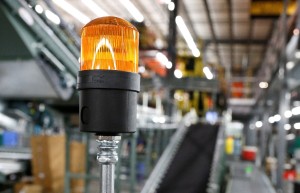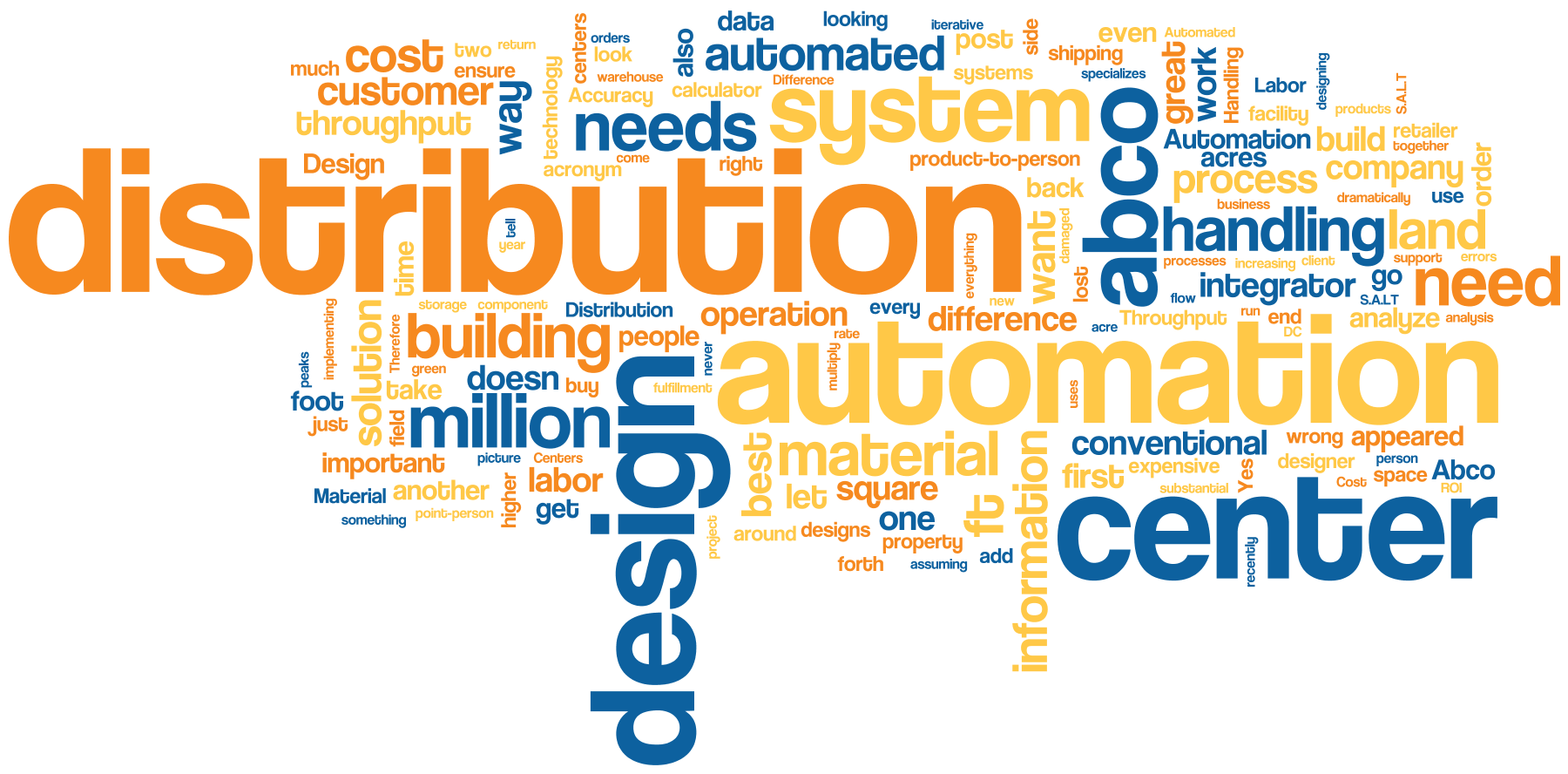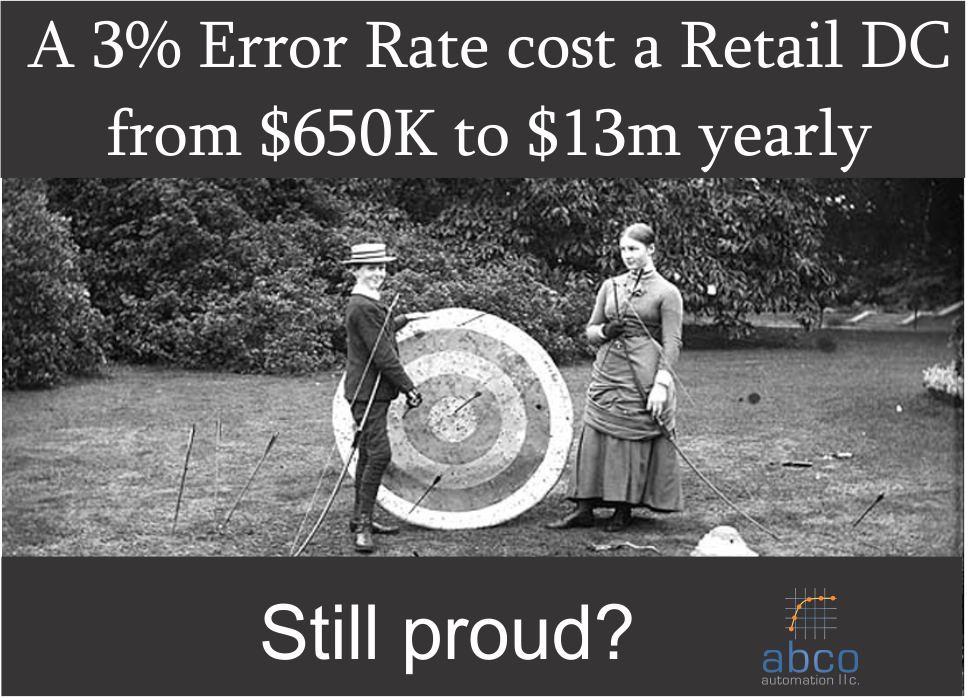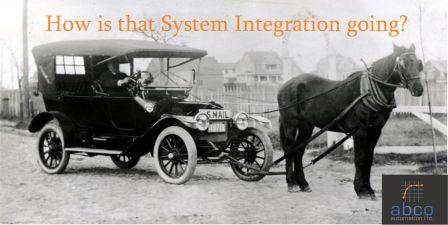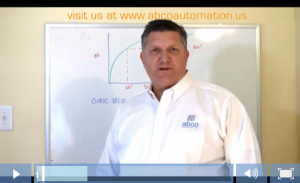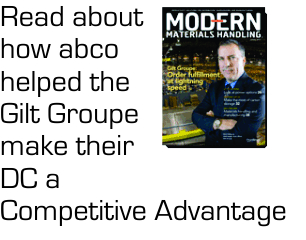Bloomfield, New Jersey- abco automation has partnered with OPEX Corporation to offer Perfect Pick® to the material handling industry. The Perfect Pick is a unique product-to-person technology that is highly flexible and scalable. Given abco automation’s expertise in product-to-person technologies the partnership is a great fit.
Perfect Pick’s small footprint and superior fixed-aisle scalability offers a low cost entry point to automate picking operations. Perfect Pick’s scalability lies in its iBOT® technology. The system does not require conveyors or elevators like on typical shuttle systems. This means that if you want to increase speed or throughput, you only need to add more independent, wireless iBOTs.
In addition, because of the small footprint, Perfect Pick is a great option for brownfield projects or adding product-to-person technologies to handle the SKU’s that would benefit from being placed in a P2P system. abco automation has been preaching the gospel of mathematical analysis of distribution centers and drilling down into what technology serves each part of the Pareto Curve.
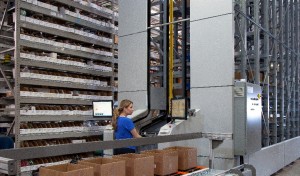 Another benefit, unlike many technologies on the market, is that the Perfect Pick is easy to understand and easy to explain, even to those outside of the world of material handling.
Another benefit, unlike many technologies on the market, is that the Perfect Pick is easy to understand and easy to explain, even to those outside of the world of material handling.
“This is an automated solution that clients are going to feel comfortable with and that they will understand quickly, said Jeff Hedges of OPEX. “Perfect Pick’s simple, uncomplicated design allows clients to quickly see how it will function in their distribution center”.
“OPEX Corporation is excited to add abco Automation as an integration partner representing Perfect Pick. Like OPEX, abco is a family-owned and operated company headquartered in New Jersey and in business for over 40 years. This rich history and depth of experience along with abco’s stated mission to apply the “best-of-breed” product-to-person technologies to warehouse and distribution center design makes the addition of Perfect Pick a natural fit,” says Hedges.
“We are really excited about the Opex relationship because it provides us with Perfect Pick, a very powerful tool that we can bring to our clients that need a high rate, piece picking order fulfillment solution. Combined with our data analysis capabilities and process engineering expertise, the Perfect Pick solution can be specifically engineered to fit our customers applications,” Jack Lehr, President of abco automation.
About OPEX Corporation
OPEX Material Handling is a division of OPEX Corporation, a recognized global technology leader in document imaging and high-speed mailroom automation. Since 1973, OPEX systems have provided performance enhancing workflow solutions and cost-effective results to thousands of organizations worldwide. OPEX equipment and technology has been efficiently and reliably handling everything from individual, single-piece items ranging in size from envelopes, documents and checks all the way through 60-pound payloads using our Perfect Pick™ system. Today, OPEX systems are installed in financial services, healthcare, government, non-profit, utility, service bureau, insurance, telecommunications, and university/educational marketplaces around the world. For more information, visit www.opex.com.
About abco automation
abco automation is an American firm that specializes in designing and implementing American-built, capital-efficient distribution systems. A straight-speaking, flexible, fun-to-work-with company, abco automation designs and installs the very best product-to-person (P2Psm) picking systems at the most reasonable price.
abco automation specializes in identifying and applying the right technology for each speed products. All of abco automation’s designs require examination of the customer’s solution through the proven lens of the Pareto Curve. abco automation designs capital-efficient systems that do more, in less space, with fewer people. Visit www.abcoAUTOMATION.us for more information.
Media Contact: Travis A. Baker, Abco Automation: marketing@abcoautomation.us.

